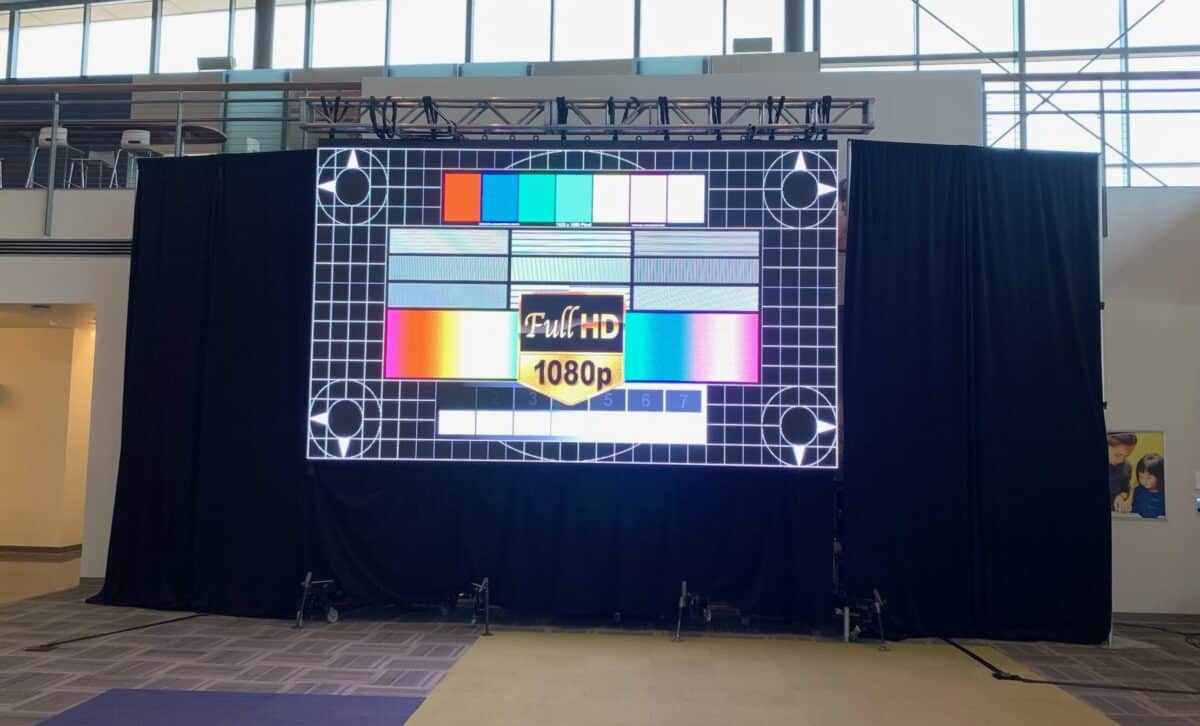Perfecting Hue Accuracy in Light Emitting Diode Display Calibration for Breathtaking Visual Displays
Perfecting Hue Accuracy in Light Emitting Diode Display Calibration for Breathtaking Visual Displays
Blog Article
Hue accuracy is essential for producing stunning graphic presentations, particularly when employing LED walls. These massive displays are commonly found in locations like music venues, sports arenas, and promotional billboards. When the colors on an LED wall are not correct, the visuals can look dull or warped, which can affect the total impression for audiences. Therefore, perfecting color precision in LED screen tuning is crucial for attaining lively and true-to-life visuals.
The initial step in guaranteeing color precision is understanding how LED technology works. LEDs, or light-emitting diodes, produce light in multiple shades by mixing red, green, and blue (RGB) light. Each pixel on an LED screen consists of these three hues. When calibrated correctly, the combination of RGB can produce a broad range of hues. However, if one color is too bright or too dim, it can distort the whole screen. This is why calibration is needed to equalize the colors and reach the desired graphic result.
Calibration involves modifying the configurations of the LED wall to ensure that the colors shown match the initial material as closely as possible. This process usually includes using specific software and hardware tools. Technicians often use color measurement devices, such as spectrophotometers, to analyze the colors being displayed. By comparing the assessed hues blog here to benchmark color values, they can make exact modifications. This ensures that the hues are not only vibrant but also uniform across the entire display.
Another crucial factor of color accuracy is comprehending the surroundings in which the LED wall is employed. Elements such as ambient light can considerably impact how hues appear. For instance, a brightly illuminated room may wash out hues, making them look not as lively. To mitigate this, technicians may adjust the luminosity and contrast settings of the LED screen. Additionally, they may choose particular color profiles that are more suited for various lighting environments. This adaptability helps preserve color accuracy regardless of the viewing surroundings.
Finally, regular upkeep and recalibration are crucial for maintaining an LED screen looking its best. Over time, the performance of LEDs can alter due to elements like aging and heat fluctuations. Frequent inspections and modifications can help guarantee that the colors stay accurate and lively. By investing time in appropriate tuning and maintenance, venues can offer audiences with breathtaking visual presentations that enhance their overall impression. Mastering color precision in LED screen calibration is not just a mechanical job; it is an art that adds to the magic of visual narration.